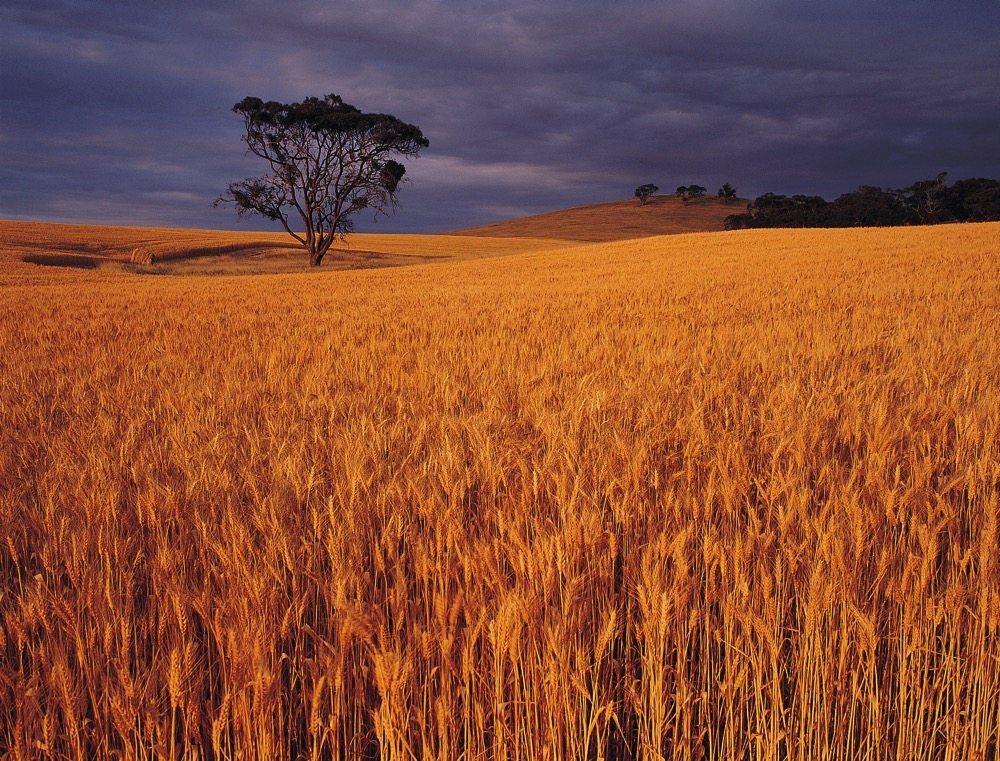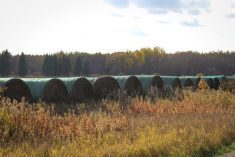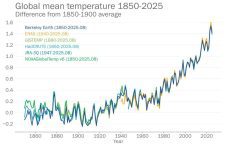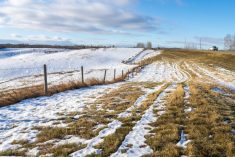Glacier FarmMedia — Isolated showers across Saskatchewan during the week ended June 16 brought welcome moisture, but “a good general rain is needed to help push crop development and ensure the crop doesn’t begin to deteriorate in condition,” said the latest provincial crop report released June 19.
The intensity of the storms during the week also left some crops damaged, with coverage across the province ranging anywhere from two millimetres to as much as 64 mm.
Topsoil moisture conditions continued to decline provincially. Cropland topsoil moisture was rated as one per cent surplus, 40 per cent adequate, 45 per cent short and 14 per cent very short. Hay land topsoil moisture was rated as 34 per cent adequate, 41 per cent short and 25 per cent very short. Pasture land topsoil moisture was rated as 27 per cent adequate, 42 per cent short and 31 per cent very short.
Read Also

USDA predicts more wheat in Australia, smaller crops elsewhere
Australia will grow more wheat in 2025/26 than earlier expectations, but production will likely be down on the year in Turkey and Kazakhstan, according to several attaché reports released by the United States Department of Agriculture on Nov. 20, as it continues to catch up following the federal government shutdown.
Most crops were reported as being normal in their development for this time of year. However, many producers said that without rain soon crop development will be delayed on later seeded crops and hastened for the more advanced crops as they respond to the drier conditions.
Spring cereals were rated as 13 per cent ahead, 72 per cent normal and 15 per cent behind. Oilseeds were rated as five per cent ahead, 68 per cent normal and 27 per cent behind. Pulse crops were 14 per cent ahead, 77 per cent normal and nine per cent behind. Crop conditions across the province were mainly rated as fair to good.
Dry conditions coupled with windy days continued to be the largest source of crop damage, and severity ranges from minor to moderate depending on the region. There were many scattered hail events this past week with damage ranging from minor to severe. Fall seeded crops in later development stages were heavily impacted and are unlikely to recover, but less advanced crops should be able to bounce back, said the report.
















